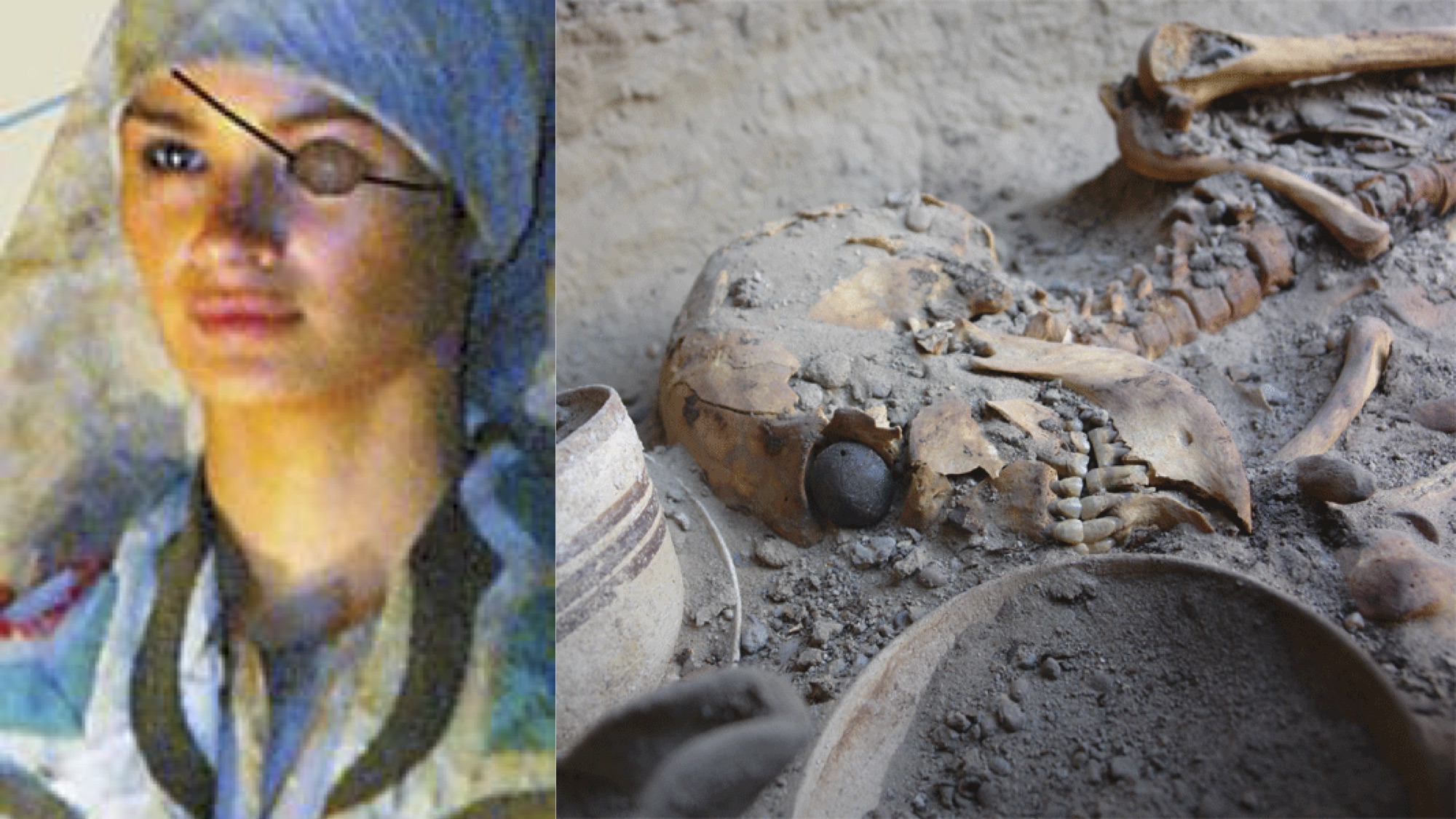The discovery of H-M82 samples in the Bronze Age (2000-3000BCE) Indus Valley Periphery cities of Shahr-e-Sokhte and Gonur which are within the sphere of ancient Persian Influence was probably shattered when Achaemenid rulers (705-330
"In 520 b.c.e., after Darius had reunited dissident factions in Persia, Darius commissioned a massive trilingual inscription to commemorate his triumph. It still stands today on a cliff at Bisitun, high above the road from Babylon to Ecbatana (now Hamadan, Iran), one of the ancient capitals of Persia. The list of subject provinces at the end includes Gandhara as the easternmost province. The inscription carved to commemorate Darius’s building of a wall around Persepolis in 518 b.c.e. contains Gandhara and a new eastern province, Hindush. This province, whose name reproduces the Persian pronunciation of “Indus” (from which derives the word “Hindu”), must have been acquired sometime between 520 and 518 b.c.e.
A book titled Periplus (voyage around by sea) written by Scylax, a member of Darius’s exploratory expedition down the Indus River, became the foundation for two new genres of Greek writing, geography and ethnography. The book influenced all later Greek historians, including Herodotus, and through them later historical writing. It remained the source for all Greek knowledge about India until the time of Alexander the Great."
The H-M82 branch probably got split into multiple branches during this time of major wars.


No comments:
Post a Comment